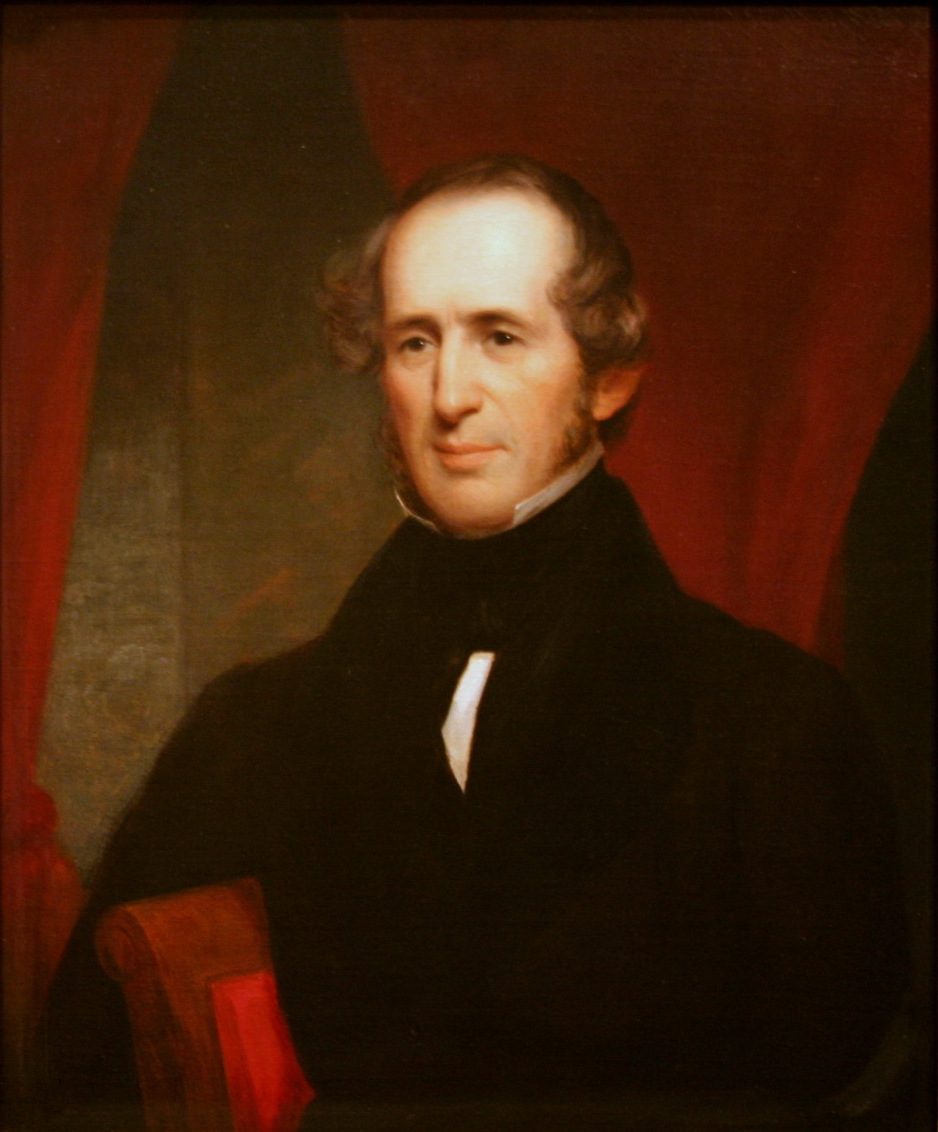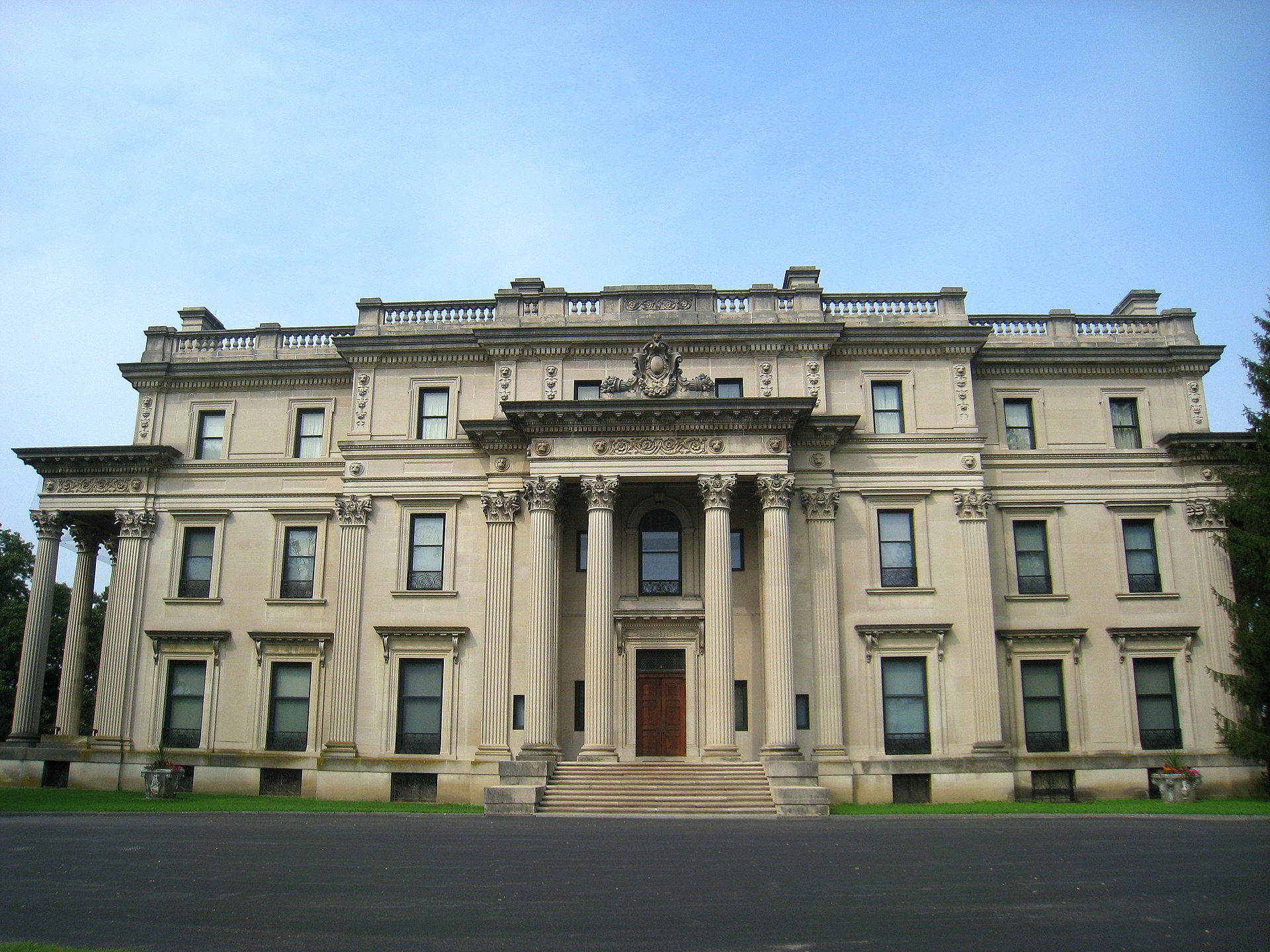You might think that, since you know the Vanderbilt name and it’s even on a big, prestigious university and everything, that they must have gone out of this world with more money than they entered it with…but you would be wrong.
If you love sordid tales of America’s past, buckle up – because the story of how the Vanderbilts fell from grace is a doozy.

Image Credit: Wikipedia
The Vanderbilt family made their money in the shipping and railroad industries, which were basically bullied into monopolies by Cornelius “Commodore” Vanderbilt. He made millions – the first one by the time he was 50 – but like most families who have a lot, the Vanderbilts who came after him enjoyed the spending more than the making.
The Commodore died in 1877, leaving $105 million to his descendants.
His sons and their families had appearances to keep up, building homes in New York, Rhode Island, and other places. The homes were filled with expensive artwork, and they amassed the toys that went along with their lifestyle – yachts, cars, parties, you name it.

Image Credit: UpstateNYer
His son William Kissam Vanderbilt and his wife Alva hosted the Vanderbilt Ball in 1883, an event intended to boost the family’s position in New York society. Still, the old money families referred to them scornfully as the “new rich,” and they were snubbed by the “who’s who” lists that circulated regularly.
According to the Museum of the City of New York, the Ball cost more than $250,000 (almost $6 million today), and stunned everyone who attended.
While the family continued spending, though, their economic success was dwindling. The shipping industry was losing ground to cars and buses by the 1930s and the family sold its shares of its railroad holdings around the same time.
Part of the reason the family bled money so quickly was that the younger generations of Vanderbilts were very interested in philanthropy. The family underwrote cultural enterprises like Vanderbilt University, art galleries, museums, and in general, were considered a great philanthropic entity during the Gilded Age.

Image Credit: Daderot
They were very generous with young girls in Hyde Park, ought ice cream for school children in New York, gave money to the YMCA, supported libraries, you name it – all with money they really had no way of ever recouping at that point.
The generation of the Commodore’s grandchildren were the beginning of the end, and by the mid-20th century, all of the amazing homes the Vanderbilts had built in New York City had been torn down.
They owned numerous properties on Fifth Avenue, all beautifully decorated, all sadly demolished in the mid-1930s to make room for the demand for skyscrapers.






